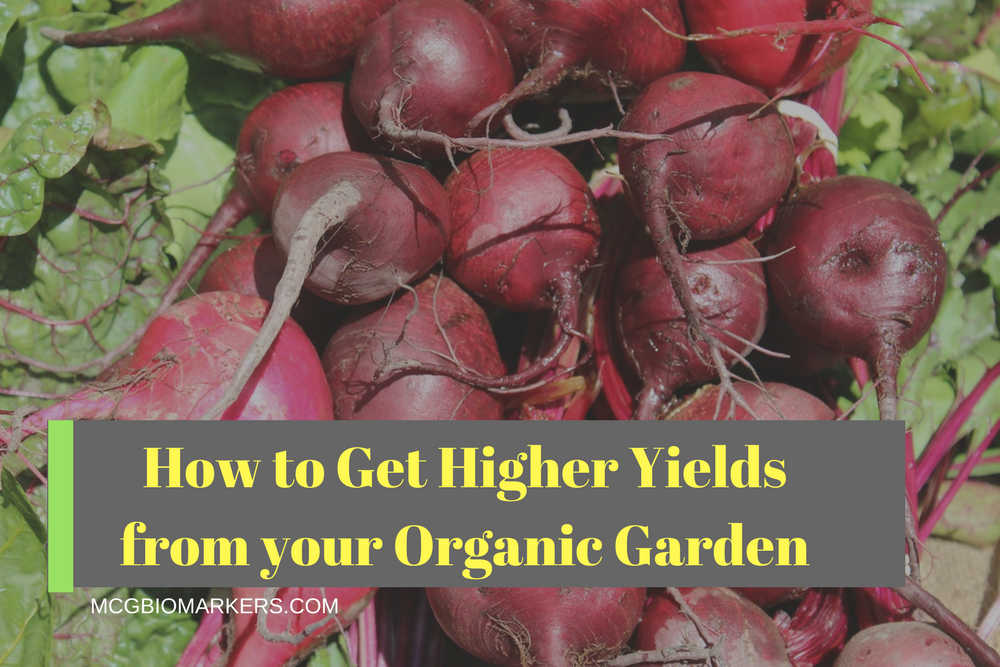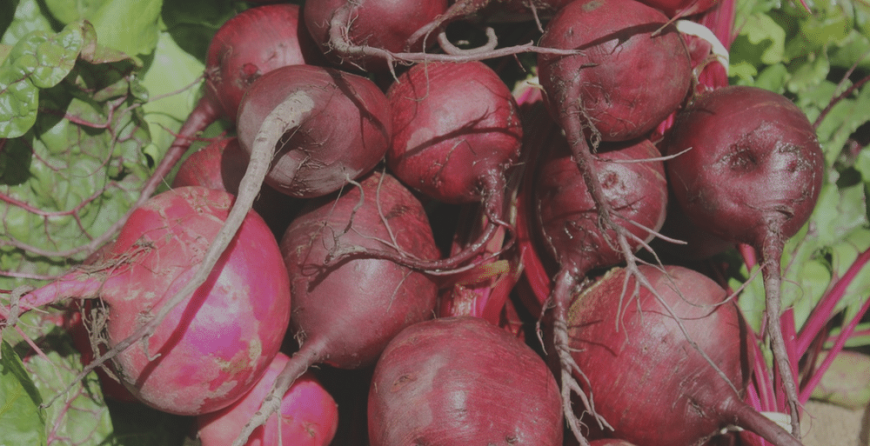 As we migrate from the cold winter months to the warmer days of spring, no doubt you’re starting to think about your garden again. Face it, you’ve been daydreaming about putting on your worn-in gardening gloves and tending to your plants while the sun streams down your back. If you’ve been fantasizing about getting your hands dirty in your organic garden, then you’re probably already planning for this year’s yield.
As we migrate from the cold winter months to the warmer days of spring, no doubt you’re starting to think about your garden again. Face it, you’ve been daydreaming about putting on your worn-in gardening gloves and tending to your plants while the sun streams down your back. If you’ve been fantasizing about getting your hands dirty in your organic garden, then you’re probably already planning for this year’s yield.
As you gather your seeds and map out your garden in your head, one thing to keep in mind is how to get higher yields from your garden this year. Below are some helpful tips we’ve put together to assist you.
1. Trust us when we say “Compost everything!”
In order to build up healthy soil, you have to add as much food as possible. To provide enough good food for the microbes that inhabit your soil, you’re going to want to compost everything you can. Whether you prefer worm compost, cardboard boxes, or creating your own compost from your chosen organic matter, be sure to utilize everything you can. Creating a rich compost pile will add nutrients and excellent microorganisms to your soil that will assist with water retention and drainage. You’ll also be helping the environment as composting reduces the number of materials you’re sending to the dump.
2. Can you say, “Mulch”?
Using mulch in your organic garden is a great way to create a higher yield. Mulch reduces the amount of water you use, it suppresses weeds, and it prevents your soil from drying out or eroding. Mulch is also a great temperature holder and will keep your soil warm, which keeps a higher level of nutrients in for your plants. Consider purchasing mulch from your local garden store. If that’s not your thing, you can find readily-available free materials to use instead. These would include newspapers, lawn clippings, cardboard, and shredded leaves. If your garden has plenty of organic material growing in it, you can opt for the chop and drop mulching method, which consists of cutting back the excess growth and then letting the cuttings fall as mulch.
3. Save seeds and take cuttings
If you’re looking to increase your yields and save a buck, you’re definitely going to want to save your seeds. Save seeds over time will allow you to breed your own unique varieties of plants. The best part is that they’ll be adapted to your regional climate and conditions. Your unique plants will also be co-evolved with the micro-flora and fauna that reside in your soil – pretty cool, huh? Because your organic plants will be adapted to your area as well as the other species around them, you should have reduced instances of pests and diseases, which will lead to better yields. Do note that you can increase the number of plants in your garden by taking cuttings as well as the side-shoots that you typically remove during the pruning process.
4. Give bees the VIP treatment
Many gardeners know that pollinators are invaluable when it comes to a plant’s reproductive process. Since we typically eat either the fruit or the seed of a plant, bees and other pollinators are a central part of the process. If you haven’t considered this before, encourage bees to visit your organic garden as much as possible by purchasing wildflower packets at your local garden store. If that’s outside of your budget, just let plants and weeds flower. This will give pollinators the chance to munch on the forage. Consider leaving dead wood around as this allows for solitary bees to make habitats. Whatever you do, be sure to stop using chemicals that will kill off the bees.


